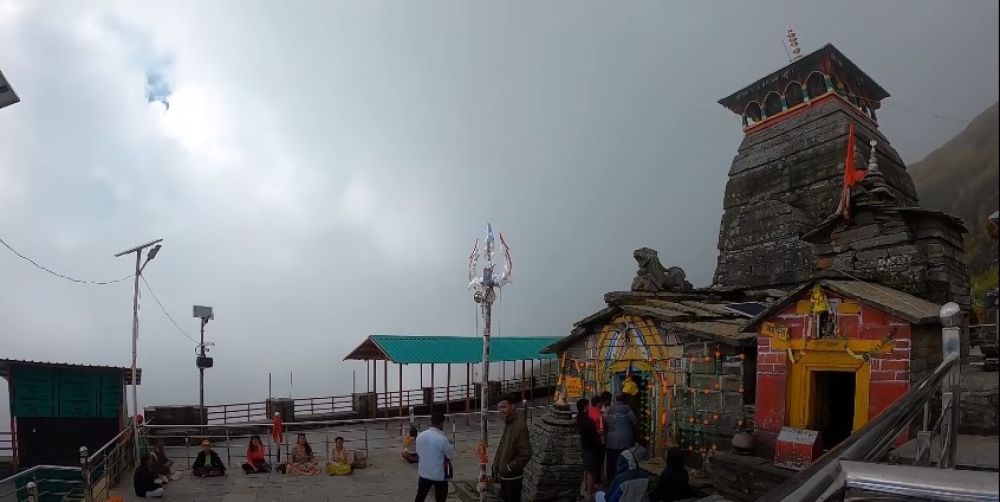

Located in the majestic peaks of the Tungnath range in Chamoli district of Uttarakhand, India, the Tungnath Temple is an ancient Hindu shrine devoted to Lord Shiva. Situated at an altitude of 3,680 meters (12,073 feet) above sea level, this temple is not only considered the highest Shiva temple in the world but also one of the Panch Kedar, which comprises five Shiva temples in the region.
The history of Tungnath Temple is steeped in ancient mythology and religious tales. According to Hindu legends, the temple is believed to be over 1,000 years old and was constructed by the Pandavas, the heroes of the Hindu epic, the Mahabharata. They built this temple to please Lord Shiva after the Kurukshetra war as a penance for their sins. Over the centuries, Tungnath has attracted pilgrims and travelers seeking spirituality, peace, and the charms of nature.
Initially, the rough terrain and harsh climate made Tungnath a challenge for pilgrims and tourists alike. However, as interest in Hindu shrines grew, more people began making the arduous journey. With the establishment of the Chota Char Dham pilgrimage circuit, tourism in Tungnath gained momentum. The government and local communities have since developed infrastructure to support the increasing footfall of devotees and nature enthusiasts.
In recent years, the surge in eco-tourism has brought a spotlight onto Tungnath. The site not only holds religious significance but also offers panoramic views of the Himalayan range, lush meadows, and a rich variety of flora and fauna, becoming a hotspot for trekkers and environmentalists. The temple is open for visitors from April to November and remains closed during the harsh winter months due to heavy snowfall. This seasonal access makes Tungnath a sought-after destination during the opening months, with a flurry of excitement and festivities.
Adventure tourism has also taken hold, with the Tungnath trek being part of the wider Chopta Chandrashila trek. This attracts a younger demographic looking to test their limits against the rugged backdrop of the Garhwal Himalayas.
With the rise in tourists, there has been a concerted effort by the local government, NGOs, and community groups to promote sustainable tourism practices. These initiatives help ensure that the natural beauty and sanctity of Tungnath Temple and its surroundings are preserved for future generations. Such practices include waste management programs, regulated trekking activities, and provisions for eco-friendly accommodations.
When planning a visit to Tungnath, it is essential to be mindful of the delicate ecosystem and the cultural significance of the temple. Travelers are encouraged to respect the natural habitat, participate in keep-clean drives, and immerse themselves in the spirituality and tranquility that Tungnath offers.
At Tungnath Temple, the confluence of divine history, natural splendor, and the warmth of the local culture create an unforgettable destination that is etched into the hearts of those who visit.